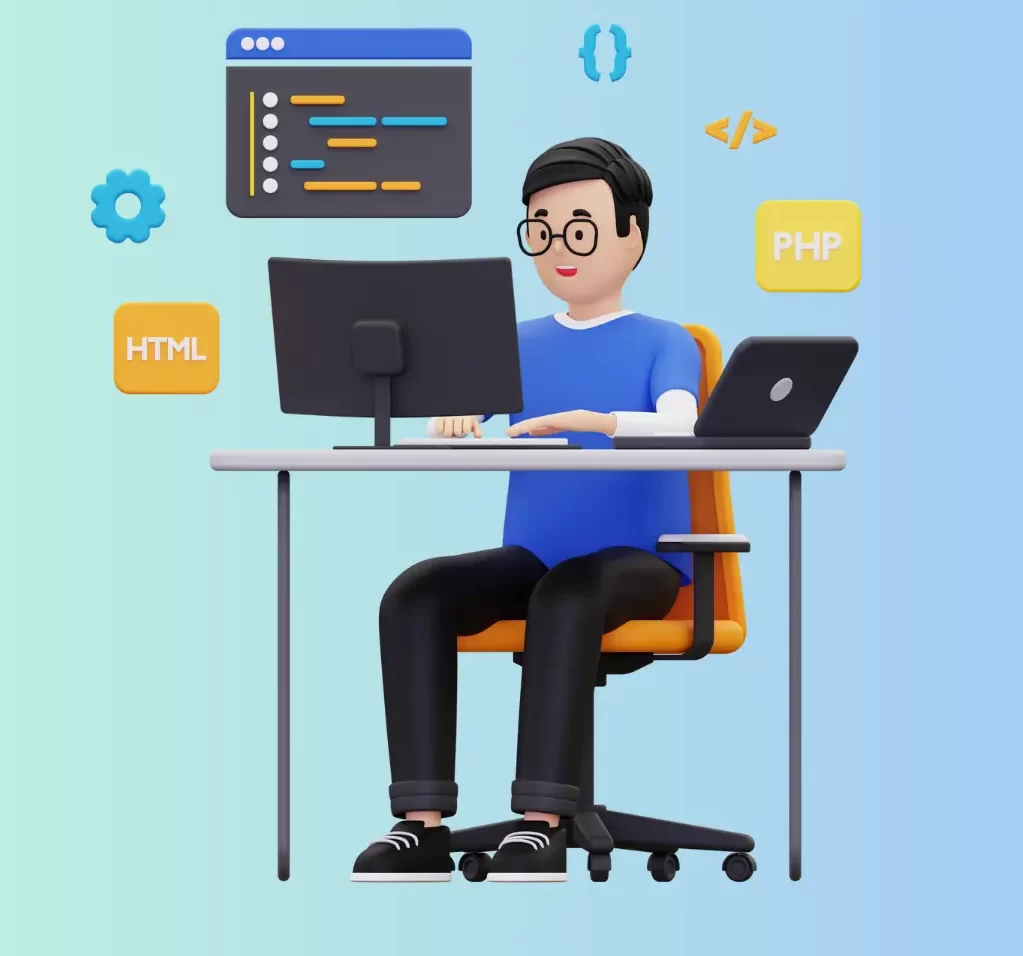The concept of Progressive Web Apps (PWAs) has transformed how businesses approach app development, offering a middle ground between web and native apps. With Flutter’s capability to develop cross-platform solutions, creating PWAs is easier, faster, and more scalable. In this guide, we explore how to build Progressive Web Apps with Flutter, complete with coding examples, practical tips, and strategies to deliver an exceptional user experience.
What is a Progressive Web App?
A Progressive Web App combines the best of web and mobile experiences. PWAs are:
- Reliable: Load instantly, even in uncertain network conditions.
- Fast: Respond quickly with smooth animations and transitions.
- Engaging: Provide app-like interactions, including offline functionality and push notifications.
Using Flutter for PWAs enhances development with a single codebase that runs seamlessly across web and mobile platforms.
Why Choose Flutter for Progressive Web Apps?
1. Single Codebase for Multiple Platforms
Flutter allows developers to write once and deploy on Android, iOS, web, and desktop, significantly reducing development time.
2. Highly Customizable UI
With Flutter’s widget-based approach, you can create pixel-perfect designs tailored to both mobile and desktop screens.
3. Built-In Web Support
Since Flutter 2.0, web support is stable, making it a viable option for building feature-rich PWAs.
4. Offline Support
Flutter can handle offline functionality with service workers and local data storage solutions like SQLite or Hive.
Setting Up Flutter for PWA Development
1. Install Flutter and Set Up Web Support
Ensure that Flutter is installed on your system. Enable web support using the following command:
flutter config --enable-web
Check if web support is enabled:
flutter devices
You should see a Chrome device listed.
2. Create a New Flutter PWA Project
Start a new project with the web configuration:
flutter create flutter_pwa_project
cd flutter_pwa_project
Run the app in your browser:
flutter run -d chrome
Adding Progressive Features to Your Flutter App
1. Customizing index.html
Flutter generates an index.html file in the web/ directory. Customize this file to include metadata and PWA-specific configurations like the manifest and service worker.
Example index.html Modifications:
<!DOCTYPE html>
<html>
<head>
<meta name="description" content="A Flutter PWA example">
<link rel="manifest" href="manifest.json">
<meta name="theme-color" content="#42a5f5">
<link rel="icon" href="icons/favicon.ico" type="image/x-icon">
</head>
<body>
<script src="flutter.js"></script>
</body>
</html>
2. Adding a Web App Manifest
The manifest.json defines your app’s identity on the web.
Example manifest.json:
{
"name": "Flutter PWA Example",
"short_name": "FlutterPWA",
"description": "A progressive web app built with Flutter.",
"icons": [
{
"src": "icons/icon-192.png",
"sizes": "192x192",
"type": "image/png"
},
{
"src": "icons/icon-512.png",
"sizes": "512x512",
"type": "image/png"
}
],
"start_url": "/",
"display": "standalone",
"background_color": "#ffffff",
"theme_color": "#42a5f5"
}
Place this file in the web/ directory.
3. Registering a Service Worker
Service workers enable offline functionality by caching resources.
Example flutter_service_worker.js:
self.addEventListener('install', (event) => {
event.waitUntil(
caches.open('flutter-app-cache').then((cache) => {
return cache.addAll([
'/',
'/main.dart.js',
'/flutter.js',
'/manifest.json',
'/icons/icon-192.png'
]);
})
);
});
self.addEventListener('fetch', (event) => {
event.respondWith(
caches.match(event.request).then((response) => {
return response || fetch(event.request);
})
);
});
Register the service worker in index.html:
<script>
if ('serviceWorker' in navigator) {
navigator.serviceWorker.register('flutter_service_worker.js');
}
</script>
Enhancing Your PWA with Flutter
1. Responsive Design
Flutter’s LayoutBuilder and MediaQuery allow you to design responsive layouts for varying screen sizes.
Example Responsive Layout:
import 'package:flutter/material.dart';
class ResponsiveLayout extends StatelessWidget {
@override
Widget build(BuildContext context) {
return LayoutBuilder(
builder: (context, constraints) {
if (constraints.maxWidth > 600) {
return DesktopLayout();
} else {
return MobileLayout();
}
},
);
}
}
class MobileLayout extends StatelessWidget {
@override
Widget build(BuildContext context) {
return Scaffold(
appBar: AppBar(title: Text('Mobile Layout')),
body: Center(child: Text('This is a mobile layout')),
);
}
}
class DesktopLayout extends StatelessWidget {
@override
Widget build(BuildContext context) {
return Scaffold(
appBar: AppBar(title: Text('Desktop Layout')),
body: Center(child: Text('This is a desktop layout')),
);
}
}
2. Push Notifications
Although Flutter PWAs don’t natively support push notifications yet, you can integrate them using Firebase.
3. Offline Storage
For offline functionality, use the Hive package or SharedPreferences for local data storage.
Example Using Hive:
import 'package:hive/hive.dart';
void main() async {
await Hive.initFlutter();
var box = await Hive.openBox('settings');
box.put('isDarkMode', true);
print('Dark mode: ${box.get('isDarkMode')}');
}
Deploying Your Flutter PWA
1. Build the Web Application
Generate the build files:
flutter build web
2. Deploy to Firebase Hosting
Firebase is an excellent choice for hosting PWAs.
Install Firebase CLI:
npm install -g firebase-tools
Initialize Firebase in your project:
firebase init
Deploy your app:
firebase deploy
FAQs
How does Flutter handle responsive design for PWAs?
Flutter uses widgets like MediaQuery and LayoutBuilder to create responsive UIs tailored for web and mobile screens.
Is it possible to add offline support in Flutter PWAs?
Yes, by integrating a service worker and using caching mechanisms, you can enable offline support for Flutter PWAs.
What are the limitations of Flutter PWAs?
Flutter PWAs currently lack support for some native web features like push notifications and advanced SEO optimizations.
Can I convert an existing Flutter app into a PWA?
Yes, you can enable web support for your Flutter project and configure PWA-specific files like manifest.json and service workers.
Conclusion
Building Progressive Web Apps with Flutter empowers developers to create scalable, high-performance applications that bridge the gap between web and mobile platforms. With Flutter’s robust framework, you can deliver a seamless user experience, harnessing the best features of both worlds.
By following this guide, you’re well-equipped to create engaging PWAs that will delight users and drive business success. The future of web and mobile is intertwined, and Flutter stands at the forefront of this evolution.


